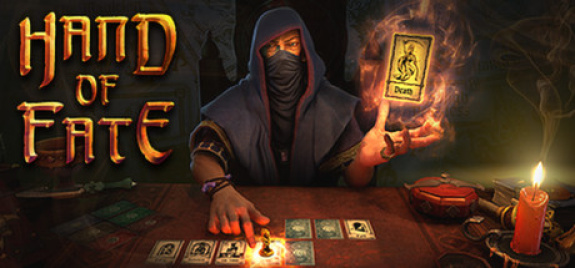
Horace Vernet (1789–1863), The Angel of Death (1851), oil on canvas, 146 x 113 cm, The Hermitage Museum, St. Death was no longer that grim pre-Christian reaper, but the Angel of Death with feathered wings. When this theme was revisited in the latter half of the nineteenth century, the figures had changed. This time Death has taken a firm grasp on the woman’s tresses, and she locks her hands together in prayer, knowing well the fate that awaits her. Wikimedia Commons.īaldung’s later Death and the Maiden, also more appropriately titled Death and Lust, from 1517 shows a similar scene. Hans Baldung (c 1484–1545), Death and the Maiden (Death and Lust) (1517), tempera on limewood, 30.3 x 14.7 cm, Kunstmuseum Basel, Basel, Switzerland.

Men traditionally have yellow or pale brown skin, but women are as white as porcelain. This painting is also a good example of a long tradition which can be seen going back to ancient Egyptian wall paintings, that of colour-coding the genders. Behind her is a decomposing corpse holding an hourglass high above her: he is Death. The woman is young, beautiful, and nude, arranging her long tresses in front of a hand-mirror. This version is thought to have been painted in 1509-11, and is now in Vienna. He made several paintings of this scene of Death and the Maiden. Image by Dguendel, via Wikimedia Commons.Īmong the first well-known painters to show the everyday tragedy of an early death coming to a young woman is Hans Baldung, a contemporary of Hieronymus Bosch.


Hans Baldung (c 1484–1545), Death and the Maiden (date not known), media and dimensions not known, Kunsthistorisches Museum Wien, Vienna, Austria. From this evolved the Grim Reaper, often depicted as a skeleton or rotting corpse wearing long monastic robes with a deep hood, and holding his scythe. In European art, personifications of Death have generally been derived from those of Time: a man bearing a scythe and sometimes an hourglass or sandglass (a timer consisting of grains of sand inside two glass bulbs joined by a narrow neck, resembling the figure of 8). This was first expressed clearly in paintings around five hundred years ago, and was revived during the late nineteenth century. As a theme in visual art, Death and the Maiden is considerably more common, but concerns a peculiar association, that of death with the erotic. In yesterday’s article, I looked at the origin of an unusual motif in painting, the Ship of Fools.


 0 kommentar(er)
0 kommentar(er)
